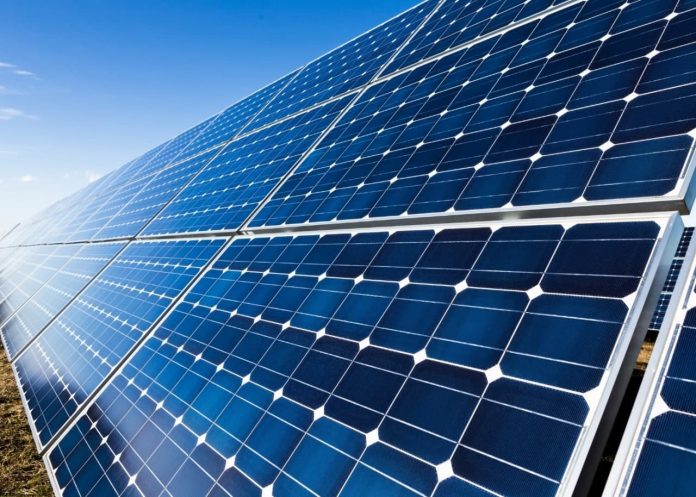Бельгійсько-голландська дослідницька група представила новий тип шумозахисного бар’єра з інтегрованими сонячними панелями, що вирішує одразу дві актуальні задачі: знижує рівень шуму від транспорту та виробляє електроенергію. Такий бар’єр із терміном окупності від 6 до 10 років є перспективним для густонаселених районів та автомагістралей, де обмежено місце для встановлення традиційних сонячних панелей.
Розроблений у зигзагоподібній формі, бар’єр може застосовуватися вздовж доріг, проїжджих частин або навіть на фасадах будівель. Учені стверджують, що завдяки такій конструкції фотоелектричні панелі орієнтовані оптимально для зменшення віддзеркалень, які можуть заважати водіям.
Під час випробувань дослідницька група створила демонстраційний зразок розміром 4×4 метри, орієнтований південь-південь-захід, із кутами нахилу панелей 35-50 градусів. Така конфігурація дозволяє досягти річного виробітку енергії до 941 кВтгод за кута нахилу 35 градусів і до 1066 кВтгод за кута 50 градусів, що забезпечує більш високу енергоефективність у літні місяці завдяки зниженому затіненню від верхніх панелей.
Оптимальний кут нахилу для ефективного вироблення енергії та зниження шуму, як показав аналіз, становить 20-40 градусів, при цьому особливих втрат в енергетичному виході не спостерігалося навіть при значному варіюванні кута до 80 градусів.
Щоб забезпечити ефективне поглинання шуму, в конструкцію бар’єра вбудовано матеріал від компанії Rockwool, що дозволяє ефективно знижувати рівень шуму від транспорту, створюючи комфортніші умови проживання для жителів прилеглих територій. Додатково бар’єр обладнано датчиками Fiber Bragg Grating для точного моніторингу температури системи та її ефективності.
Згідно з оцінкою життєвого циклу (LCA), вартість бар’єра окупається від 6 до 10 років, що є економічно доцільним показником з огляду на термін служби установки. Також підраховано низький рівень викидів CO₂, що робить таке рішення значущим із точки зору сталого розвитку міських зон.
Новий фотоелектричний бар’єр пропонує сучасний підхід до екологічних і енергетичних потреб у міських районах, поєднуючи в собі ефективне енергозбереження та зменшення шумового забруднення – дві важливі складові для створення екологічно чистої та комфортної міської інфраструктури.


